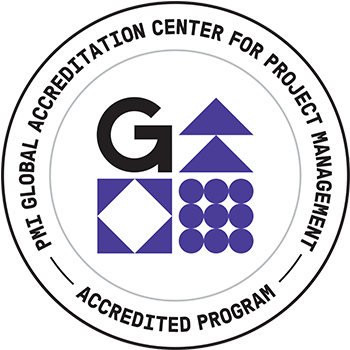Program Benefits Management: An International Best Practice the U.S. Government Could Use
Abstract:
Session: Program Benefits Management: an International Best Practice the U.S.Government Could Use. Why is the U.S. government lagging so far behind other countries in managing programs and projects for benefits and value?
Abstract: Benefits Realization Management (BRM) has been incorporated into several international standards for program management, including The Standard for Program Management from the Project Management Institute (PMI) in the United States and Managing Successful Programmes (MSP) from the UK government (first published in 1999). MSP in the UK has been updated and replaced by Guidelines on Programme Management (2010) and Guide for Effective Benefits Management in Major Projects (Oct 2017). Policies and Guides related to BRM have also been issued by national and regional governments in Australia and New Zealand, as leaders have recognized the value of measuring program and project outcomes and benefits in addition to traditional measures such as scope, schedule and cost.
Professional bodies in the UK and Australia have focused attention on BRM in articles, blogs, conferences, papers and standards. While PMI devoted its entire suite of “Pulse of the Profession” and “Thought Leadership” papers to benefits realization in 2016, and has published some conference papers on the topic, there is little evidence of BRM being implemented in the United States. Among US federal agencies, almost nothing! Why is this? What is the purpose of a program or project? Why is a project launched, funded or performed? What is the purpose of all of the projects and programs in a portfolio? What benefits will be gained and for whom? What value will be created? BRM gets to the heart of these questions.
This session will discuss BRM concepts and implementation issues, drawing on experience, guidance and documents in the UK and other countries. Its applicability for use in US government agencies will be explored. Effective BRM does not replace traditional project management processes and tools, but rather provides a basis for linking strategies, projects, programs, performance and outcomes. If anything, it can make earned value management and other proven project management methodologies more effective, while also promoting agility and stakeholder value.


